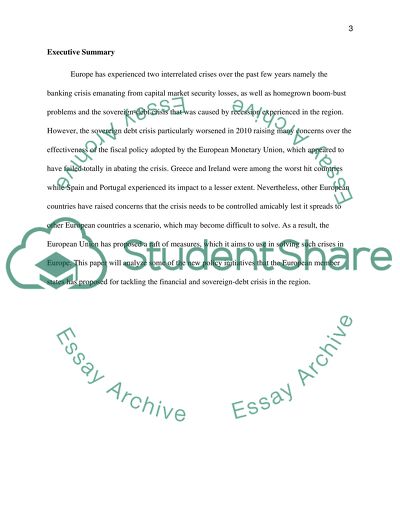Cite this document
(“The Financial and sovereign debt crisis In Europe Essay”, n.d.)
Retrieved from https://studentshare.org/finance-accounting/1403970-examine-the-new-policies-proposed-to-solve-the
Retrieved from https://studentshare.org/finance-accounting/1403970-examine-the-new-policies-proposed-to-solve-the
(The Financial and Sovereign Debt Crisis In Europe Essay)
https://studentshare.org/finance-accounting/1403970-examine-the-new-policies-proposed-to-solve-the.
https://studentshare.org/finance-accounting/1403970-examine-the-new-policies-proposed-to-solve-the.
“The Financial and Sovereign Debt Crisis In Europe Essay”, n.d. https://studentshare.org/finance-accounting/1403970-examine-the-new-policies-proposed-to-solve-the.


